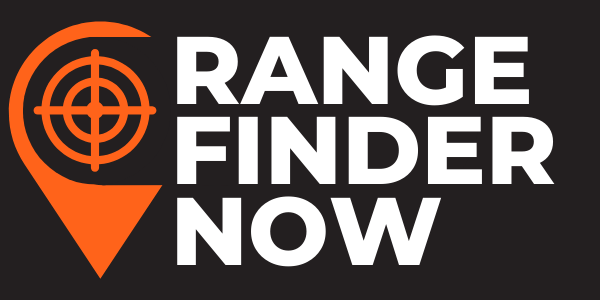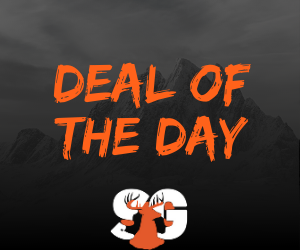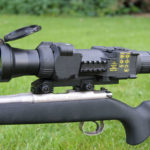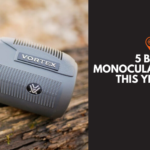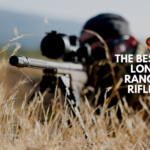Eye relief is one of the necessary specs to consider when purchasing any optics. Whether it’s a binocular, spotting scopes, rifle scopes or rangefinders you should check its eye relief which is given in inches or millimeters. Eye relief is the distance from the eyepiece to the entrance of the pupil of the eye. It is the measurement of how far your eyes should be from the lens for you to get the entire image.
How Is Eye Relief Measured?
Modern optics have the eye relief provided by the manufacturer. But even so, users need to understand how it is calculated.
Scopes and sporting optics magnify light using their lenses. The light then refracts to one cone of light which when it passes through the eyepiece, it is referred to as the exit pupil. The measurement of the exit pupil is in inches or millimeters, and it refers to the diameter of the cone of light that reaches the eyes of the user using the instrument.
The exit pupil is designed to be larger than the user’s eye pupil. This is important since users can move slightly to the side of the eyepiece without losing any important visuals. This process is called vignetting. Eye relief is got by calculating the distance from the eyepiece where the entire image can be viewed, and it matches with the measurement for the exit pupil.
If the exit pupil is smaller than the user’s eye pupil, it will use all of its available light, and since it cannot tolerate side by side movement, it will result in a clipped image.
For example, if a manufacturer indicates the eye relief of a particular binocular as 10 by 42, it means that its lenses can provide a visual image by ten times with an exit pupil of 42mm. If you double the magnification, to 20 the exit cone reduces to 21mm.
Available Eye Relief
The standard power scope is 3 1/2 inches. For most optics, you will start at this lower power and crank up to about 2 ½ inches for maximum magnification. Some manufacturers provide both higher and lower numbers, but in most optics, the lower power often is hidden on the specification sheets.
In the past, the shift was minimal with scopes of 3-9x scopes. Users were forced to fidget a bit to get the entire picture at 9x. Recoiling rifles had a 2x scope, or some had no scope at all. But today, with the introduction of shorts, super shorts and Maggie shorts that have high power variables which enable them to deliver better recoil, users are faced with harder choices.
Related: Best Hunting Binoculars
Why Eye Relief Matters?
Without a proper eye relief and the right scope, you cannot be able to enjoy your binoculars or any other optic. Eye relief gives you the biggest and clearest virtual image. If the optic is too far or close, dark circles will be formed around your image.
While you may argue that you can hold the optic at proper eye relief and eliminate this, it doesn’t always work out. But with an optic that has a proper eye relief, only clear images are seen.
For individuals using eyeglasses, eye relief is also necessary.
Since it may be uncomfortable for them to place the lenses of the optic on their glasses directly. Eyeglass wearers should have an eye relief ranging from 14-23mm.
Eye relief is a vital safety consideration to hunters and shooters. If the relief is too short, the skin between the optic and the eyebrow will be cut because of the recoil something called the idiot cut.
What to Look for Regarding Eye Relief When Purchasing Sporting Optics?
The larger the eye relief, the better. Although this does not apply to all circumstances, always check the manufacturer’s eye relief before buying the optic.
Since the objectives of these optics are giving clear images through magnification, the proper eye relief is vital.
These will help glasses wearers since eyeglasses create an extra distance that needs to be compensated by an extended eye relief device. Many sporting optics have a built-in eye relief adjustment mechanisms, but a rotating eyecup can be used to provide additional eye relief.
Related: Best Hunting Monoculars
Conclusion
Optic users need to understand the eye relief concept since it determines how clear they will see their targets. Otherwise, if you don’t, you will end up hating the experience. Since eye relief varies between brands and models of scopes, you can test a few optics to determine the best eye relief for you.
